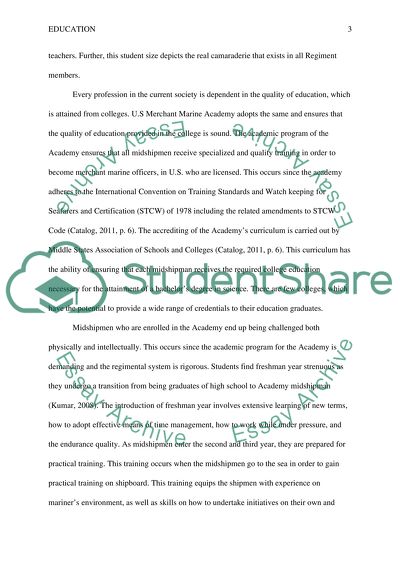Cite this document
(“An evaluation of the effectiveness of leadership professional Dissertation”, n.d.)
Retrieved from https://studentshare.org/agriculture/1398447-an-evaluation-of-the-effectiveness-of-leadership
Retrieved from https://studentshare.org/agriculture/1398447-an-evaluation-of-the-effectiveness-of-leadership
(An Evaluation of the Effectiveness of Leadership Professional Dissertation)
https://studentshare.org/agriculture/1398447-an-evaluation-of-the-effectiveness-of-leadership.
https://studentshare.org/agriculture/1398447-an-evaluation-of-the-effectiveness-of-leadership.
“An Evaluation of the Effectiveness of Leadership Professional Dissertation”, n.d. https://studentshare.org/agriculture/1398447-an-evaluation-of-the-effectiveness-of-leadership.


